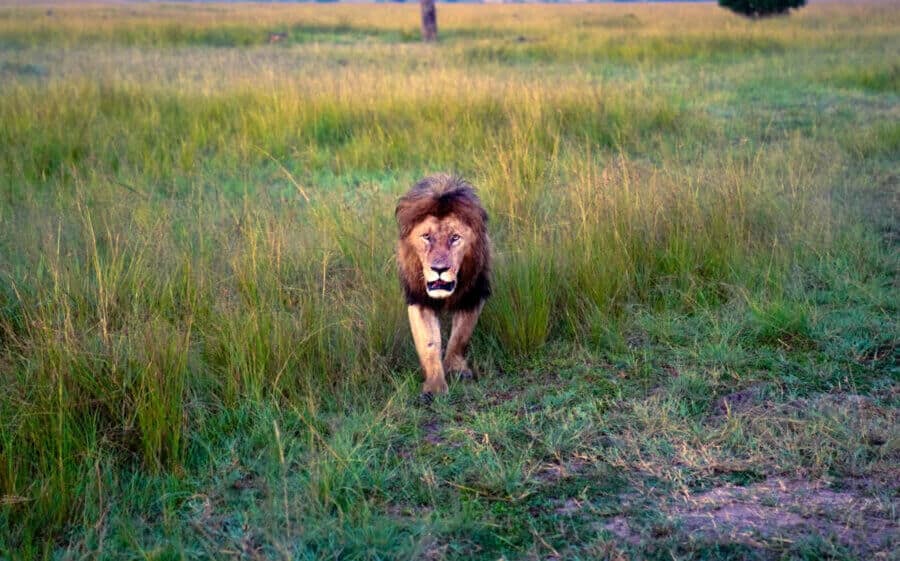
For years, going on an African safari was one of those things I could only dream of one day doing. In the summer of 2016, while traveling through South Africa, that dream finally became a reality. Fast forward to 2020, and once again, I had the opportunity to go on another incredible safari, this time in Kenya’s famed Maasai Mara. Luckily, my second safari allowed me to streamline my safari packing list and process.
Going on safari usually means you will be staying far off the beaten path, somewhere in the African bush. For that reason, once you arrive at your Safari lodge, everything will be taken care of for you. Food, drinks, game drives, the works. All you have to do is sit back and enjoy the ride. While your tour company most likely covers all of the basics, you’re in charge of bringing every personal item you could possibly need.
Due to most safari camps and lodges’ remote location, running to the store to pick up some last-minute items is not an option. Packing properly is an absolute necessity when going on safari. Make sure you stay comfortable and come well prepared for your big African adventure by following my easy safari packing guide!
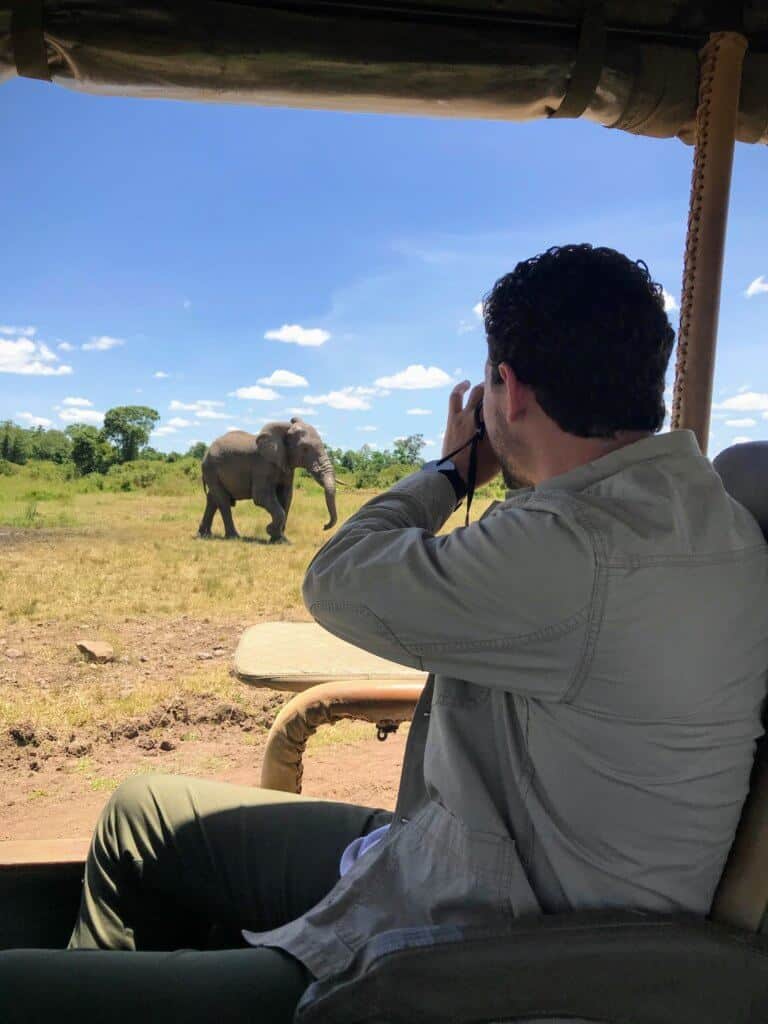
Baggage Allowance
Safari Camps are usually in remote locations, accessible only by small plane. Due to weight restrictions on board, there’s a good chance your baggage allowance will be minimal. When flying with Safarilink from Nairobi to Kichwa Tembo Tented Camp on the Maasai Mara, I had an allowance of only 33lbs. This included a checked bag, carry-on items, camera equipment, everything. I’ve taken many flights when my carry-on bag alone weighed over 33 pounds, so this is something you will need to prepare for deliberately.
It’s best to pack your belongings in a soft duffle bag. Many of the small airlines servicing safari camps do not allow hard luggage. Be sure to have a durable duffle bag to bring on your trip. You can find even soft bags with rollers now, so it will be a little easier when navigating larger airports for the long flight home.
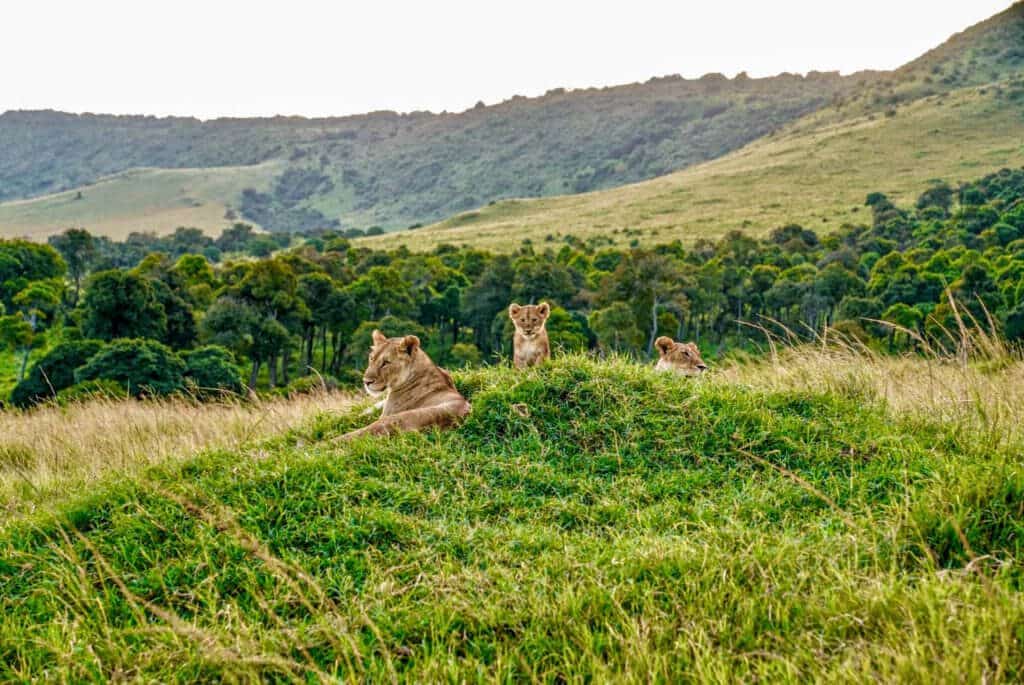
How To Pack
With limited space, you will need to be intentional with your packing. Save space and stay organized by using packing squares when making your preparations.
When packing your toiletries, be aware that some African countries have banned the use of plastic bags. So, tossing your travel-size shampoo and lotion into a ziplock baggie is not an option and can get you into trouble with local authorities. Pick up a clear, reusable bag for packing your toiletries.
You want to plan on bringing clothing items that you can mix & match to save space in your bag. It’s essential to dress in layers on safari. Rotating clothes throughout the day will help keep them fresh and wearable. Most safari lodges offer a laundry service, so you can wear items again after they have been washed and dried for you.
Even though you are so limited on space, please don’t pack your bag until it starts to burst at the seams. Believe me, you will definitely want to leave room for souvenirs! So, if it all possible, leave some open space in your bag before departure, then fill it up with some unique gifts and cool souvenirs from your safari.
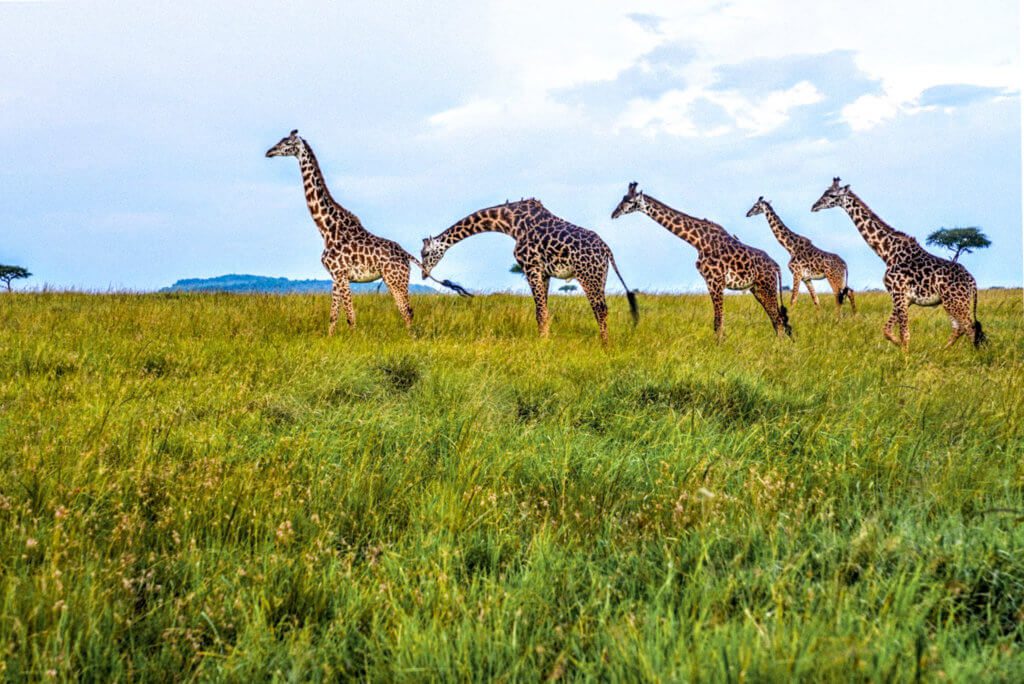
What To Wear
You will, of course, want to look good in all of the stunning photos you are sure to take. However, your primary concerns when it comes to clothing should be comfort and function.
Lightweight items that layer well are best when on a safari. If the heat is bearable, I prefer to wear pants and long sleeves during the game drives.
Avoiding sunburns and insect bites makes any trip more enjoyable. Long sleeves and pants will protect your skin from the intense African sun and add a barrier between you and any insects that think you look tasty.
In parts of Africa, mosquitos carry malaria. Stay healthy and take every possible precaution to prevent them from biting you.
However, if you don’t plan on exiting your vehicle during a game drive or going on a guided bush walk, shorts are perfectly fine to wear on safari. When the sun and the temperatures are high, you’ll want shorts and t-shirts as options. Especially when lounging around the camp in-between game drives.
The three most important factors to consider when choosing clothing for your safari adventure are colors, layering, and material.
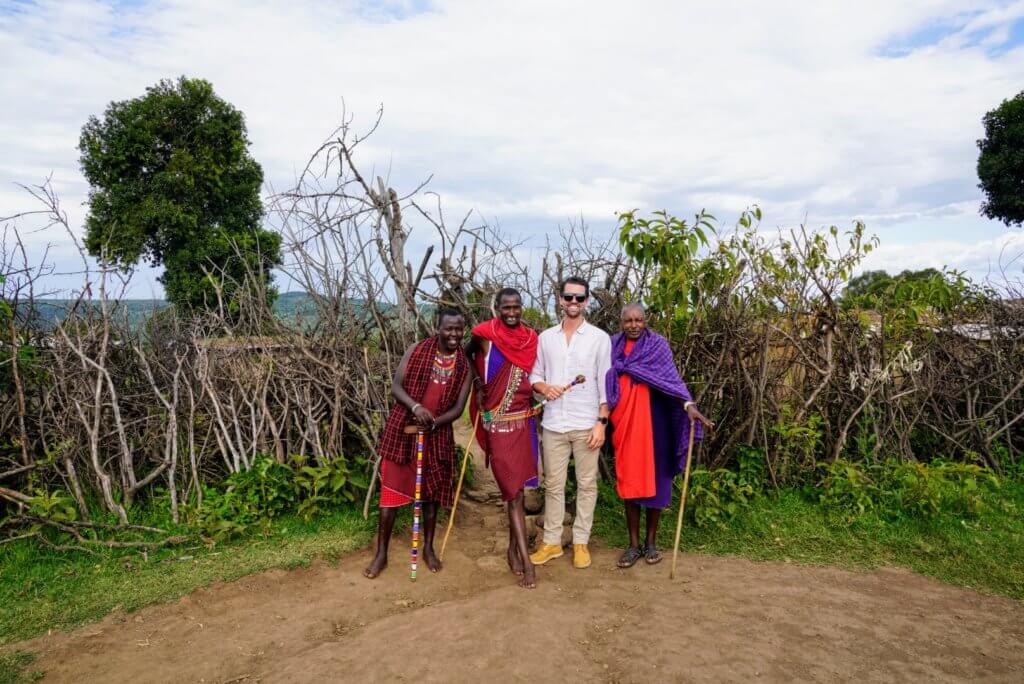
Colors
You want to wear earthy, neutral tones during your safari. Dark colors absorb heat and can attract unwanted attention from biting insects. Clothing items that are shades of brown, green, and white keep you safe, comfortable, and looking like a safari pro!
*Avoid wearing camouflage clothing. In some African countries, camouflage and military-style clothing are for military personnel only. Play it safe. Do not put yourself and others in danger by wearing camouflage or military clothing while traveling through Africa!
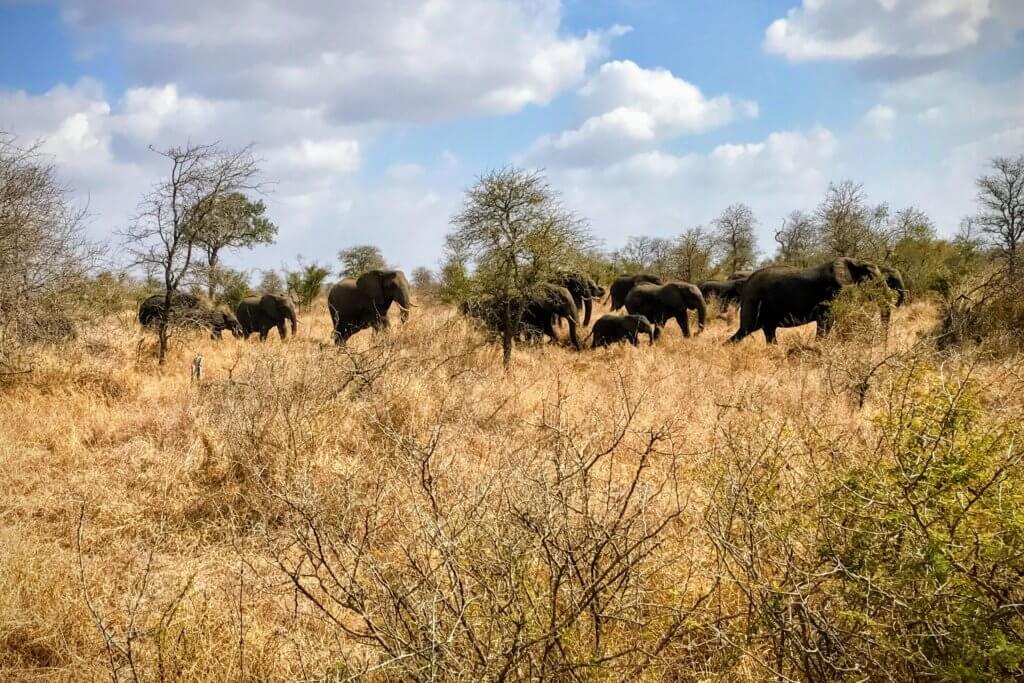
Pack Layers
Dressing in layers is essential on any safari. Game drives typically start before sunrise, and afternoon drives will end as the sun sinks below the horizon. It’s easy to think of Africa as being everywhere, all of the time. The reality, though, couldn’t be farther from the truth.
When riding in an open-air safari vehicle, it’s easy to get quite chilly before the sun comes up. Often, you’ll want to wear a few layers and a warm jacket to start your morning drive. When the sun comes up, temperatures will rise as well. Then you can shed a layer at a time to stay nice and comfortable.
The same rule applies to afternoon game drives. It will most likely be warm or even hot when your drive begins, but as the sun sets, the air will cool. Bring along a jacket for the chilly evening rides back to camp.
Depending on your specific location and time of year, please make adjustments as needed.
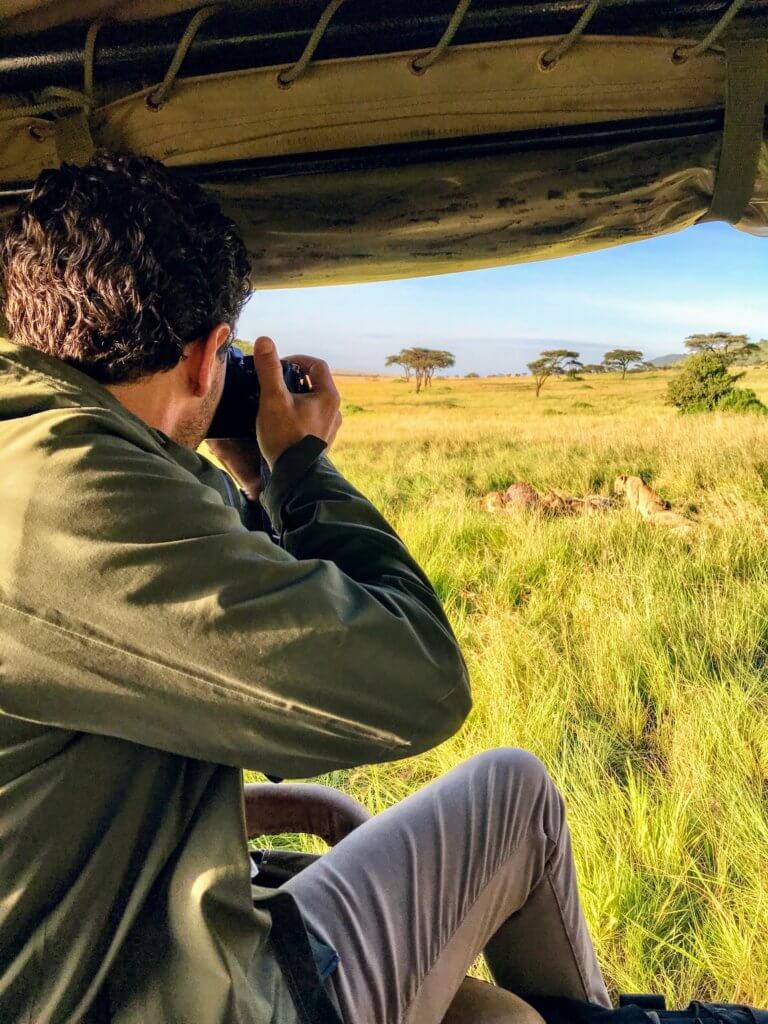
Clothing Materials
Taking both the baggage restrictions and potential heat into consideration, choosing clothing items made of appropriate materials is critical. Lightweight materials such as cotton, linen, and moisture-wicking, dry-fit type shirts are perfect on safari.
Additionally, staying warm doesn’t mean you have to pack heavy. A down or down alternative jacket is a great choice when packing for a safari. A down puffer jacket will keep you warm and is easy to pack. I have one I bring everywhere. It weighs next to nothing. It compacts down to about the size of my fist!
Rain Gear
As global weather patterns continue to change, predicting the weather during your safari is more difficult than it used to be. A raincoat is always a good idea to bring along. If you are low on space and the odds of rain are low, consider packing a poncho instead. It won’t take up much space in your bag and will keep you dry should you need it.
Footwear
A sturdy pair of waterproof boots is your best option while on safari. They will keep your feet dry and add protection from animal bites or slipping in the mud.
If boots aren’t an option for you, a good pair of tennis shoes will do the trick.
When it comes to sandals, I do not recommend wearing anything open-toed while you are on safari. At least not on game drives or when walking around the camp. The only possible exceptions are when you are in your room/tent. Or if you are spending the afternoon taking a refreshing dip and sipping a Dawa by the pool.
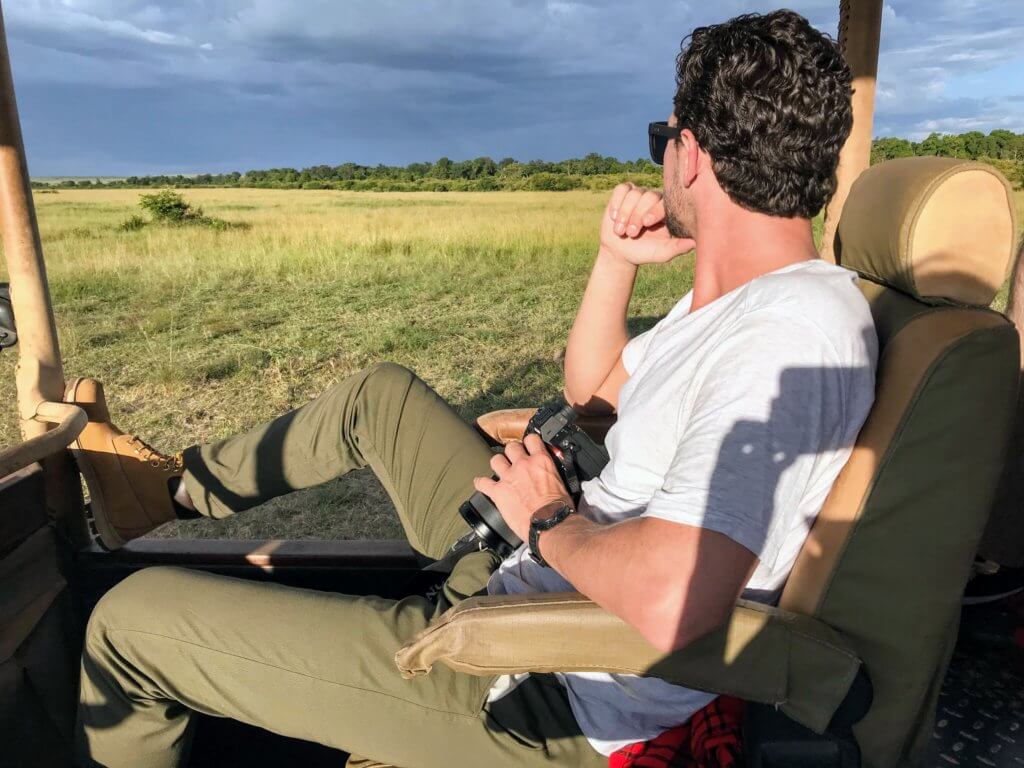
Between Game Drives
The time between your morning and afternoon game drives is yours to do as you please. This is a good time to rest, so bring along some comfy clothes for lounging.
If your camp does have a pool, be sure to pack a bathing suit with you during your safari vacation. Kicking back by the pool with a good book and a cold beverage is a fantastic way to spend the afternoon.

Dining
Safaris are not generally fancy affairs. You will still want to look decent in the evenings, though, when you head to dinner. For the guys, a pair of khaki pants and a button-down shirt will do the trick. Ladies often opt for pants as well. Light to medium weight jumpsuits and maxi or midi dresses seem to be pretty popular among the ladies on safari as well.

Accessories
- Hat – Be sure to pack a hat with a wide or full brim to protect you from the sun. Pick something lightweight to keep you from sweating too much.
- Sunglasses – Sunglasses will not only protect your eyes from the intense rays, but they will help keep dust and dirt from blowing into your eyes during game drives.
- Scarf/Bandana – Bring a scarf and/or a bandana as a perfected multifunctional item. They will help keep you warm on cool mornings and evenings, plus they can be wrapped over your mouth and nose if the ride gets dusty. Additionally, you can use a bandana to wipe the sweat from your brow on a hot afternoon.
- Face Buff – Another excellent option for sun and dust protection is a lightweight buff or neck gaiter.
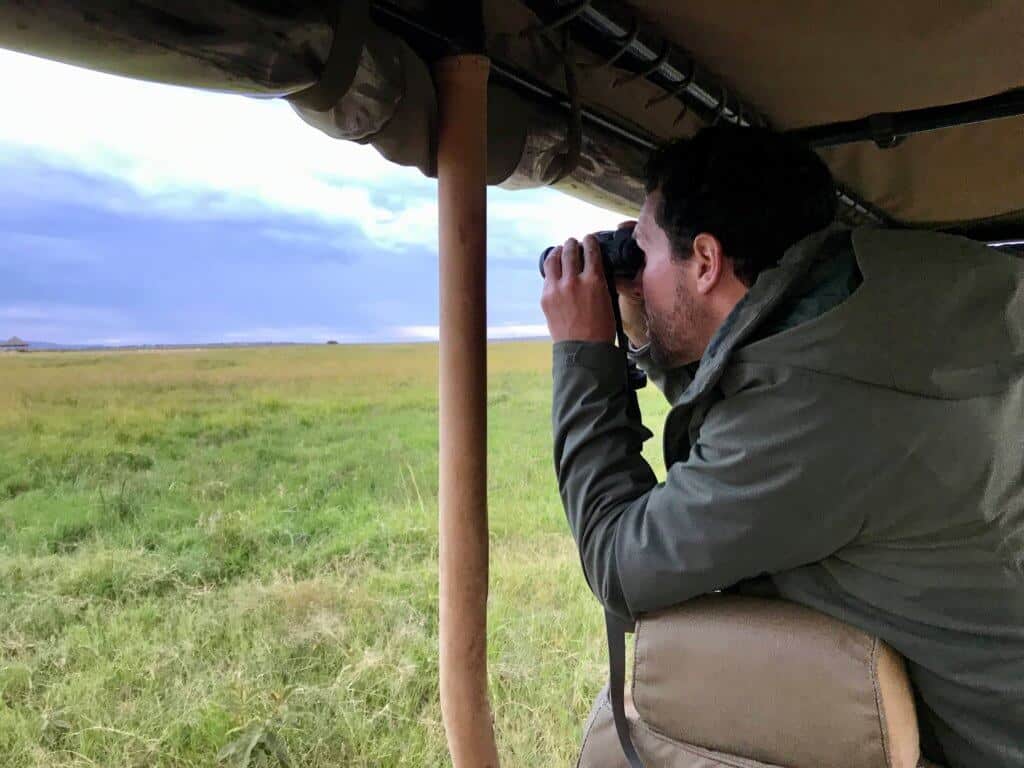
Essential Items
- Binoculars – My first safari was during a much longer trip. Toting a pair of binoculars for six months to use only once didn’t make sense at the time. Luckily my guide took pity on me and let me borrow his from time to time. If your purpose for traveling is a safari, though, you will absolutely want to bring a pair of quality binoculars with you. Sometimes you get within feet of Africa’s wild animals. Other times they stay at a distance. Binoculars allow you to see the animals in vivid detail and will make you feel like you can reach out and touch them.
- Camera Gear – When you’re not using your binoculars, chances are you’ll be using your camera. Don’t forget to pack your camera, lenses, and any chargers or accessories you may need. You might have to be selective here, as camera gear accounts for a sizeable chunk of your allowed baggage weight.
*Be aware that most safari destinations in Africa do not permit the use of drones. Primarily, this is due to their effect on the wild animals you are there to see.
- Insect Repellant – Insect bites are painful, itchy, and potentially dangerous. Pack some insect repellant to help prevent any irritating bug bites.
- Malaria Medication – Malaria is a potential threat throughout most of Africa. Research your destination and consult a physician to decide if taking malaria medication is necessary or the right thing for you. To help avoid mosquito bites, stay covered up with pants and long sleeves, and use insect repellant. Another tip, skip the perfume or cologne, especially in the evenings.
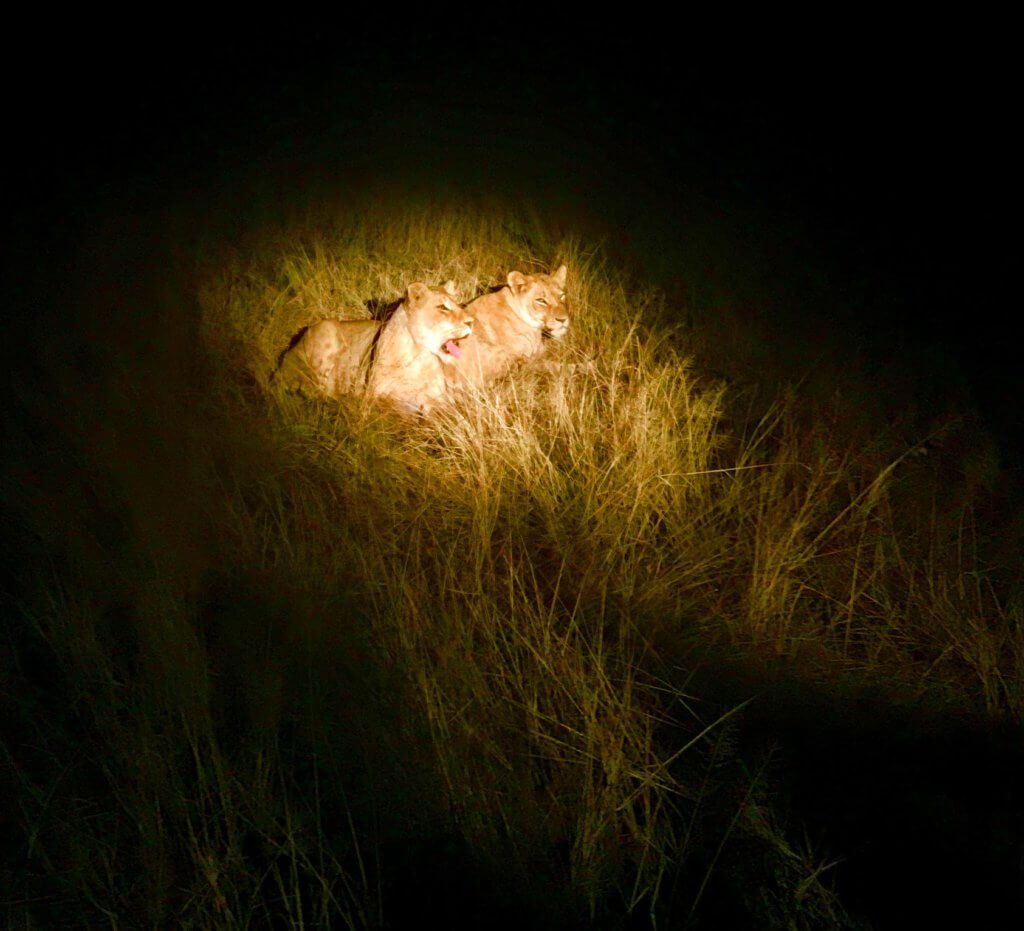
- Motion Sickness Medication – Affectionately referred to as “African Massages,” the rides during your game drive can be quite bumpy at times. If you are prone to motion sickness, having some medication to prevent it might be a wise decision.
- Sunscreen – Protect your skin from the sun’s harmful UV rays. When it’s just too hot for long sleeves and pants, lather yourself up with a good sunscreen.
- Notebook/Journal & Pen – A safari is an unbelievable adventure, filled with all sorts of exciting things to see. Over the course of a week, over even a single day, it can be difficult to remember everything that you saw. It’s a great idea to bring a journal or small notebook to jot down some details about the animals you encountered or interesting information you learned during your safari.
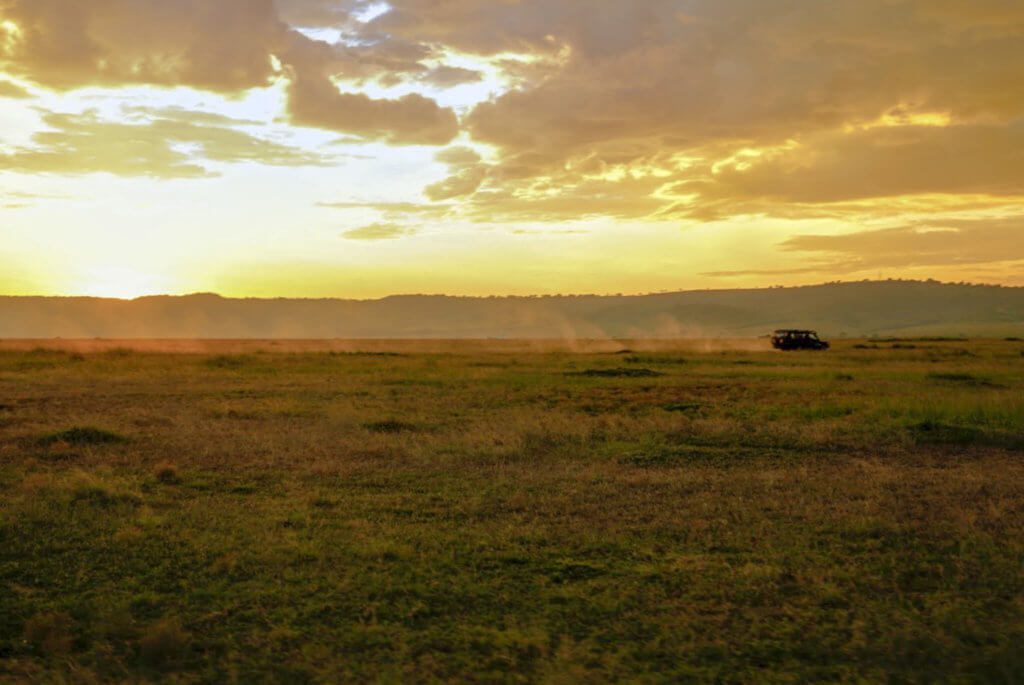
- Earplugs – Sure, most animals you encounter on a safari, will be seen during the daytime. Like anywhere else, though, a lot of African animals are most active at night. A night in the remote African bush can be a noisy affair. Birds, hippos, and even a pack of lions on a hunt can create some terrifying sounds at all hours of the night. Drown out the noise and help guarantee a good night’s rest with some earplugs or a sound machine app on your phone.
- Day Pack – When getting ready for a game drive, the layers of clothing, camera equipment, binoculars, insect repellant, and other little necessities quickly add up to a significant pile of gear. Way too much to fit into your pockets. Have a small bag or daypack to keep everything organized while you’re out on safari.